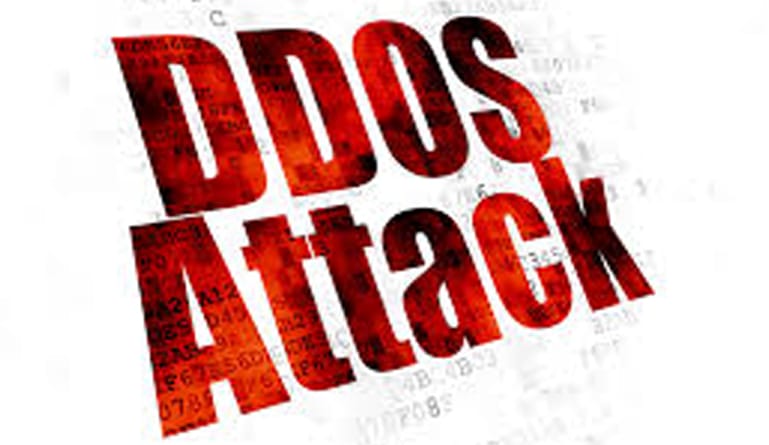Every internet user can take necessary action to guard against becoming a victim of a DoS or DDoS attack.
DoS and DDoS attacks are becoming more common ways for hackers to overwhelm servers, but there are many ways to protect your network.
DoS Attacks
A Denial of Service, or DoS, attack is a cyber-attack method that is plaguing some parts of the internet today. The attack happens when a perpetrator makes a machine or network resource unavailable to the user. This disturbance can be temporary or indefinite, disrupting the services of a host connected to the internet. DoS attack prevention is essential to ensure a business does not lose necessary information or get locked out of its own servers in the event of such an attack.
DDoS Attacks
A Distributed Denial of Service, or DDoS, attack is much like a DoS attack with one major difference. In a DoS attack, the user is bombarded by a single machine. In a DDoS attack, the user is bombarded by multiple machines. These attacks are typically done by robots who are programmed to attack the specific user. This is one of the ways hackers are using technology to achieve their goals. To have hundreds or thousands of machines at a hacker’s disposal seems unlikely, but hackers can use malware that is installed in the background of unsuspecting computers. Then, the hacker can access the computing power of these computers for malicious intent.
Preventing Distributed Denial of Service Attacks
How long does a DDoS attack last? Most distributed denial of service attacks last less than 24 hours, but they do last for most of that 24 hours. An attack lasting this long is detrimental to a business and can impede a user from accessing important files immediately. Because of this, DDoS attack protection is necessary. There are a few types of software that can provide protection against these types of attacks. DotDefender is one of the services providing DoS protection. This service, though, only provides protection against HTTP overloading and not SYN traffic.
How to Block DoS Attacks
With DoS and DDoS, there are two ways a hacker can flood a user’s system. The first is an SYN flood attack which overloads the server with unwanted packets. This type of attack can not only affect the user, but also anyone that shares an ISP with that user. The second most common current DDoS attack is an HTTP attack. This type of web server attack can affect the machine memory of the user, disk space, and CPU time. There is a way to stop these types of attacks with SYN cookies and reverse proxies. SYN cookies can track incoming connections, reducing the possibility of an SYN flood. Reverse proxies can decide which traffic is allowed in, reducing the possibility of overwhelming the server.
While DoS and DDoS attacks seem scary, there are ways to prevent them. Some of the best DDoS protection methods include SYN cookies and reverse proxies. Not only are these available, but there are also DDoS protection services that can be purchased and used to prevent hackers from overwhelming the server. Denial of service and distributed denial of service attacks are becoming more and more common for hackers to use, but, when the proper protection is put into place, they are not able to temporarily render your business useless. These protection methods are important for business owners to know, and anyone else using the internet.





